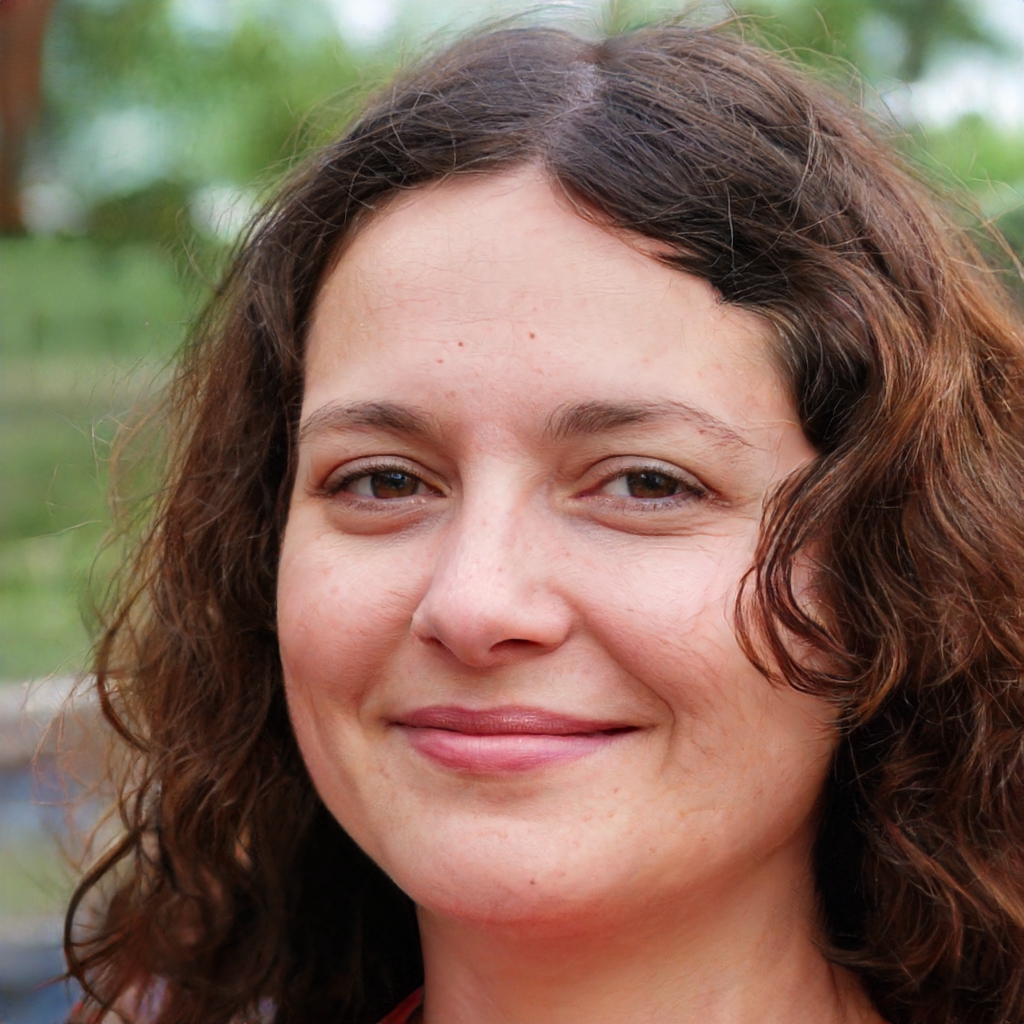OEX is short for the S&P 100 Stock Index, which is a stock market index that tracks the performance of 100 large-cap companies that trade on the New York Stock Exchange. The index is a market-weighted index, meaning that each stock's weight in the index is proportional to its market capitalization.
The S&P 100 index was introduced in 1983 and is one of the oldest and most widely-tracked stock market indices in the world. The index is used by investors as a benchmark for large-cap stock performance.
The OEX is a capitalization-weighted index, meaning that each stock's weight in the index is proportional to its market capitalization. The index is rebalanced quarterly to ensure that it reflects the changing composition of the underlying index.
The OEX is a popular index for options trading, as options on the index are widely available and liquid. The index is also used as the underlying asset for a number of exchange-traded products, such as ETFs and index funds.
Why you should never exercise an option early? There are a few key reasons why you should never exercise an option early. First, by exercising an option early you are forfeiting the time value that is built into the option premium. This time value is the amount by which the option price exceeds the intrinsic value. Second, early exercise typically triggers a taxable event, which means you will have to pay taxes on any gains. Finally, early exercise may also result in you having to post additional collateral if the underlying security price moves against you.
How do you use put call ratio in trading?
The put call ratio is a tool that traders use to gauge market sentiment. It is the ratio of put options to call options that are traded on a given day. A high put call ratio indicates that there are more puts being traded than calls, which suggests that market participants are bearish on the market. A low put call ratio indicates the opposite, with more calls being traded than puts.
Some traders use the put call ratio as a contrarian indicator, meaning they will trade against the majority when the ratio is high or low. For example, if the put call ratio is high, they might buy call options because they expect the market to rebound. If the put call ratio is low, they might buy put options because they expect the market to fall.
Other traders use the put call ratio as a confirmation indicator, meaning they will only make trades when the ratio agrees with their other analysis. For example, if they are bearish on the market and the put call ratio is high, they might buy put options. If they are bullish on the market and the put call ratio is low, they might buy call options.
There is no right or wrong way to use the put call ratio. It is simply a tool that traders can use to help them make trading decisions.
Are European options cheaper than American options?
American options are typically more expensive than European options because they allow the holder to exercise the option at any time before expiration, while European options can only be exercised at expiration. This extra flexibility comes at a cost, as American options will typically have higher premiums than European options. What are OEX Leaps? OEX leaps are a type of long-term stock option that allows investors to speculate on the direction of the S&P 500 index. They are similar to other index options, such as the SPX options, but have a longer expiration date. Leaps options are available on a variety of indices, including the S&P 500, the Dow Jones Industrial Average, and the Nasdaq 100. Do covered calls get assigned early? Covered calls can be assigned early if the stock price rises above the strike price of the call option. If this happens, the call option will be exercised by the buyer and the stock will be sold to them at the strike price. The covered call writer will then be obligated to deliver the stock to the buyer.
